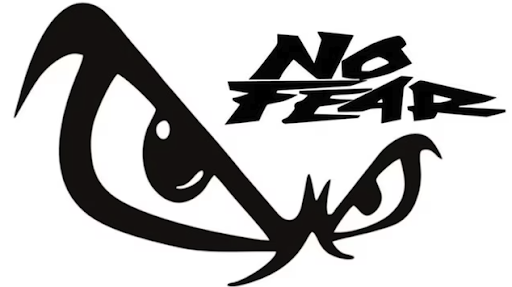That takes the cake
/Want to see a really great example of high quality feedback delivered really well? Such examples are hard to find in a format that can be widely shared. Last night I was watching the finale of School of Chocolate on Netflix. It’s an interesting show if you are into food, sculpture, fine art and expertise. In the finale, two people are competing for a massive prize by making a chocolate showpiece. Chef Amaury Guichon gives the competitors some great feedback when their build is done. The whole season is worth a watch if you are into that sort of thing. If it’s not your flavour, but you’d like to see the feedback go straight to the final episode from 27 min 10 sec until 30 min for one competitor and 30:46 to 33:00 for the other (You’re welcome!). If you want a bit more context watch the whole episode. SPOILER ALERT, if you plan to watch the whole series, watching these 2 segments before watching from Episode One will make it less enjoyable.
Chef Guichon uses some fine ingredients often missing from feedback:
It’s clear, concise and specific with good examples
It’s actionable
When he expresses an opinion, or preference he owns it by saying “I would have liked…”
When he’s talking industry standards he’s clear about that too
He doesn’t beat around the bush with ambiguous fluff, making statements that sound as if there’s deep meaning buried in the marrow just waiting to be sucked out by someone who is already on the bus and willing to step up and lift their game (See what I did there?)
He is respectful in his delivery
He cares about the development and growth of the person receiving the feedback
He gives quality corrective feedback as well as feedback on elements that were well executed
Magnifique Chef Guichon! It’s a great recipe. With a bit of practice anyone can do it. Sing out if you’d like a hand with that.













